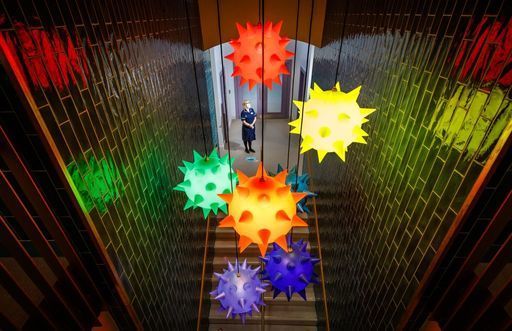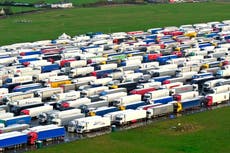Health and social care workers most likely to work on Christmas Day
Large proportion of 1.1 million staff who worked on Christmas Day 2018 were health and social care employees

The guestlist for Christmas celebrations is likely to look different in households across the UK this year, and not just because of restrictions on gatherings due to the coronavirus pandemic. The impact of Covid on the country’s economy will also effect changes on the country’s 25 December workforce.
Newly released Office for National Statistics figures show 1.1 million people put in a shift on Christmas Day in 2018, the last year for which data is available. On Boxing Day, 1.7 million people worked.
The industry with the highest proportion of staff (11.2 per cent) at work was health and social work — a rate which is likely to increase in 2020 as hospitals battle surging coronavirus cases. That was followed by accommodation and food services at 8.6 per cent, a proportion which is almost certain to be lower this year with pubs across much of country shut.
The occupations with the most people working on Christmas Day 2018 were care workers and home carers (166,000), nurses (112,000), nursing auxiliaries and assistants (66,000), chefs (36,000), and medical practitioners (31,000).
ONS head of labour market David Freeman said: “Our country’s health and care workers have been very much in our thoughts this year, but these figures remind us that people working in these areas are often passing up on things like spending Christmas Day with their families even in a more normal year.”
Women are more likely than men be working on Christmas, with 54.2 per cent of staff on 25 December two years ago being female.
For Boxing Day, the picture was slightly different. Again, care workers and home carers came top, with 158,000 of them at work, but with many shops opening for the sales, the next highest group was sales and retail assistants, at 126,000.
The industry with the highest proportion working on 26 December was accommodation and food services (13.4 per cent), followed by health and social work (10.9 per cen) and wholesaling and retailing at 9.4 per cent.



Join our commenting forum
Join thought-provoking conversations, follow other Independent readers and see their replies
Comments